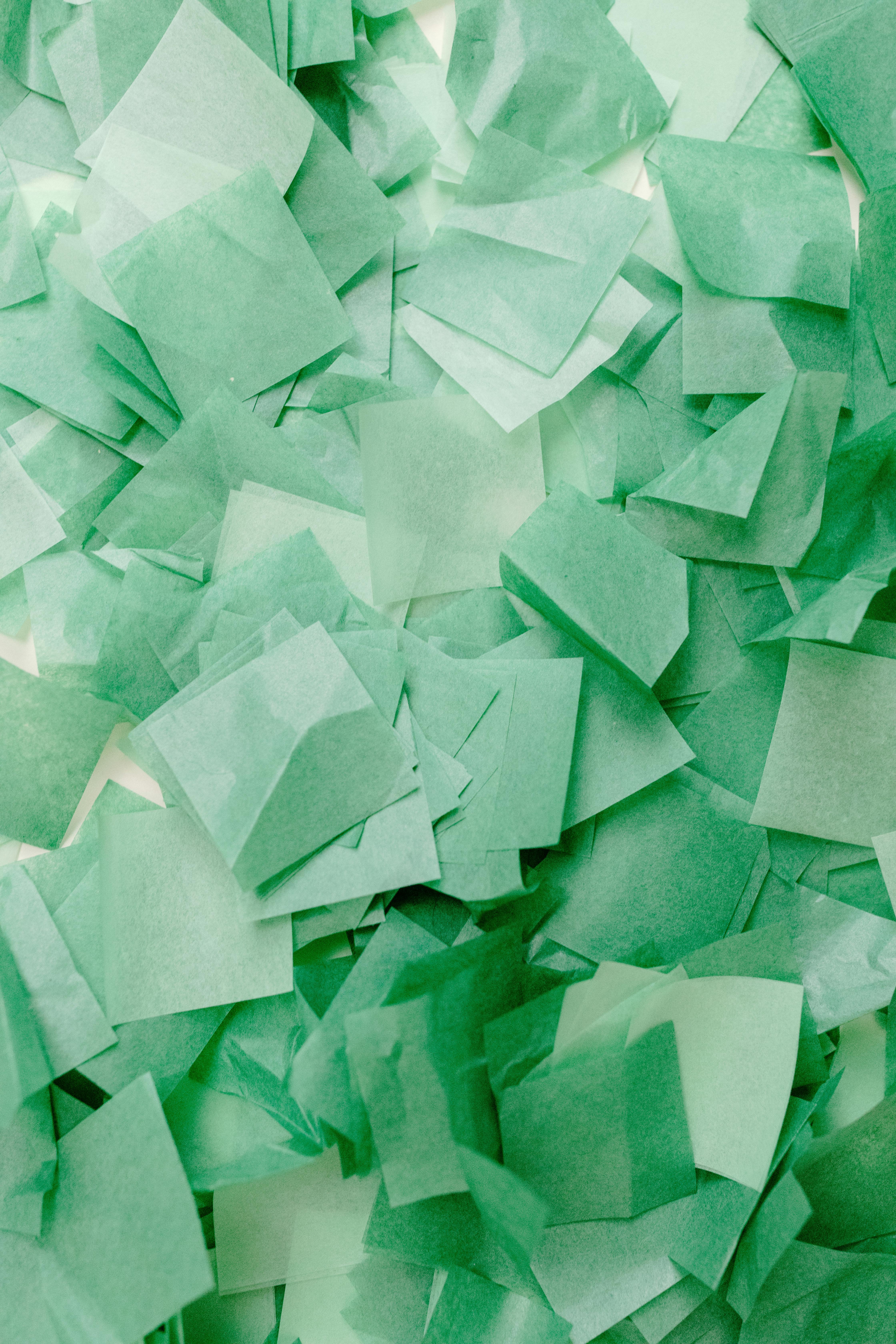
How to Make Clear Ice Cubes: Proven Methods for Perfect Results in 2025
Ice cubes are essential for keeping drinks chilled, but the aesthetic appeal of clear ice cubes can elevate any drink presentation. Making crystal clear ice not only enhances the appearance of your beverages but also ensures a slower melting rate, maintaining optimal drink temperature. In this comprehensive guide, we will explore the various techniques for achieving transparent ice, from understanding water purity to innovative freezing methods. By the end of this article, you'll be equipped with the knowledge to create perfectly clear ice cubes for any occasion.
Clear ice cubes provide several benefits, including improved visual appeal and slower melting times, which preserve the quality of your drinks. Additionally, using clear ice can make your cocktails look more sophisticated, enhancing the overall drinking experience. Whether you're hosting a party, running a bar, or just looking to impress your friends with homemade clear ice, we've got you covered.
In the sections below, we will discuss:
- The science behind clear ice
- Best water sources for ice clarity
- Creative ice molding techniques
- Common mistakes to avoid
- Expert tips for perfect ice every time
Let's get started on your journey to mastering the art of making clear ice cubes!
Understanding the Science Behind Clear Ice
Before diving into the methods of clear ice making, it’s important to understand the science behind ice cube clarity. The primary factor affecting ice transparency is the presence of impurities, such as air bubbles and minerals, in the water you use. When water freezes, these impurities can trap air, leading to cloudy, opaque ice cubes instead of the desired clear ones. To achieve optimal ice clarity, you must start with pure water and use effective freezing techniques.
Water Quality and Purity
The first step in making clear ice cubes is selecting the right water. Distilled water is often the best choice, as it undergoes purification processes removing most minerals and contaminants. However, you can also use boiled tap water, which has been allowed to cool down. Boiling helps escape dissolved gases, minimizing the air trapped within your ice cubes.
For those interested in further refining their ice creations, consider using a reverse osmosis filtration system that eliminates impurities at a molecular level. This not only provides clear ice but also enhances the taste of your beverages.
The Role of Freezing Techniques
The way you freeze your water significantly impacts the clarity of your ice. Unlike standard ice cube trays, which freeze from the outside in and trap air, advanced techniques allow for controlled freezing. For instance, directional freezing allows ice to freeze from one direction, preventing air pockets from forming.
Another method is to use insulated ice molds that freeze ice from the top down. This means the air bubbles migrate to the bottom, where they can be easily removed. By controlling the freezing conditions, you can achieve professional-quality, crystal-clear ice at home.
Ice Clarity vs. Regular Ice
Understanding the differences between clear ice and regular ice can help you appreciate the effort and techniques needed to create beautiful ice cubes. Clear ice cubes not only look visually appealing but also melt more slowly than traditional ice. This characteristic keeps beverages colder longer without diluting them quickly.
Best Water Sources for Crafting Clear Ice
After understanding the principles of ice clarity, it’s crucial to focus on sourcing the right kind of water. Water purification directly impacts the quality of your ice cubes. Below, we’ll explore the various options available, each offering different advantages for producing clear ice.
Using Distilled Water for Optimal Results
One of the simplest methods for creating clear ice is to use distilled water. Distilled water contains few minerals and impurities that can cause cloudiness. When frozen, it becomes more homogeneous, resulting in beautiful, transparent ice cubes. For those passionate about ensuring crystal clear ice, investing in a distillation system might be a worthwhile consideration.
Boiling Tap Water: A Quick Solution
If distilled water isn't available, boiling tap water is an effective alternative. By bringing the water to a boil, you help remove dissolved gases that contribute to cloudiness. Allowing the water to cool after boiling will provide a straight pathway to creating clear ice without the added weight of minerals.
Filtered Water: The Middle Ground
Using water from a high-quality water filter can effectively reduce impurities. Be cautious, however, as not all water filters are created equal. Look for filters that specifically mention removing heavy metals and particulates. Filters designed for drinking water often suffice for ice creation, as they help improve overall quality and transparency.
Innovative Ice Molding Techniques
Once you've selected your water source, the next step is to explore various ice molding techniques that can enhance the aesthetic of your ice cubes. Innovative molds can create uniquely shaped ice that not only looks good but also serves practical purposes. Below, we’ll delve into a few effective strategies for clear ice making.
Directional Freezing: A Game-Changer
Directional freezing has gained popularity due to its efficiency in producing clear ice. This method involves temperature manipulation, allowing ice to freeze from a specific side. By doing this, impurities are pushed away from the main body of ice, resulting in clearer cubes. You can achieve this with a cooler or specialized molds designed for this purpose.
Insulated Molds for Air Bubble Prevention
Using insulated molds is another technique that enhances ice clarity. These molds prevent the outer layer from freezing too quickly, allowing the inner portions more time to freeze, during which air bubbles are relocated towards the bottom, away from the main ice. Investing in quality molds ensures that each cube is aesthetically pleasing.
Layered Ice Techniques for Unique Presentations
If you're looking to impress your guests with creative ice aesthetics, consider using layered techniques. Pouring different liquids of varying densities can create unique, multi-layered ice cubes. This innovative ice solution adds flair to drinks and serves as an intriguing conversation starter. Just ensure that the layers freeze properly to maintain a refined appearance.
Common Mistakes to Avoid When Making Clear Ice
While crafting clear ice cubes can be rewarding, it’s critical to avoid common pitfalls. Here, we’ll highlight frequent mistakes that can compromise the quality of your ice and provide solutions to ensure success.
Rushing the Freezing Process
One of the most common mistakes is rushing the freezing process. Many people attempt to freeze water too quickly, leading to trapped bubbles and cloudy ice. To prevent this, allocate enough time for the ice to freeze slowly and uniformly. It may take longer, but it will be worth it for that pristine clarity.
Overfilling Molds
Another error comes from overfilling ice molds, resulting in uneven freezing. As water expands during freezing, overfilled molds can create messes or awkwardly shaped cubes. Be mindful of filling guides on molds to prevent spillage, ensuring even and consistent ice forms.
Neglecting Ice Hygiene
Quality ice starts with cleanliness. Improper hygiene when handling or storing ice can lead to undesirable tastes or odors. Always ensure that the equipment you use is sanitized. This includes not just the molds but also the storage containers for your ice. Keeping your ice clean preserves its integrity and improves the overall beverage experience.
Expert Tips for Perfect Ice Every Time
To achieve the ultimate ice cube quality, applying expert tips can further refine your ice cube clarity and presentation. Let’s discuss some proven strategies and recommendations for creating perfect clear ice.
Proper Freezing Equipment
Investing in quality ice-making equipment can drastically improve your ice-making experience. Look for specialized ice trays designed for clarity that promote slow freezing and optimal air removal. Advanced ice machines may offer features such as controlled freezing cycles, further enhancing clarity. Utilizing the right equipment can simplify the production of high-quality ice and eliminate trial and error.
Temperature Control Affects Clarity
Temperature plays a significant role in determining ice quality. Keeping your freezer at the optimal temperature, typically around 0°F (-18°C), balances freezing time and clarity. You may also experiment with the placement of your molds within the freezer. Placing them further away from the cooling elements can foster slower freezing rates, enhancing clarity.
Testing and Adjusting Techniques
Every kitchen environment differs, and ice-making techniques may need adjustments based on your equipment. Keep track of your methods, documenting your successes and failures. This will help in fine-tuning your process for the best results, and soon you’ll have a perfected routine for producing clear ice consistently.
Conclusion: Elevating Drinks with Clear Ice
In conclusion, mastering the art of making clear ice cubes involves understanding the science of ice clarity, selecting the right water sources, and utilizing innovative techniques for molding. By avoiding common mistakes and applying expert tips, you can create visually appealing, gourmet-quality ice that enhances any beverage. With these insights, you’ll not only serve drinks with style but also impress your guests with your ice-making expertise.
Ready to take your ice game to the next level? Explore more ice making techniques and tips at this link, or discover the unique possibilities of homemade clear ice by visiting here.

